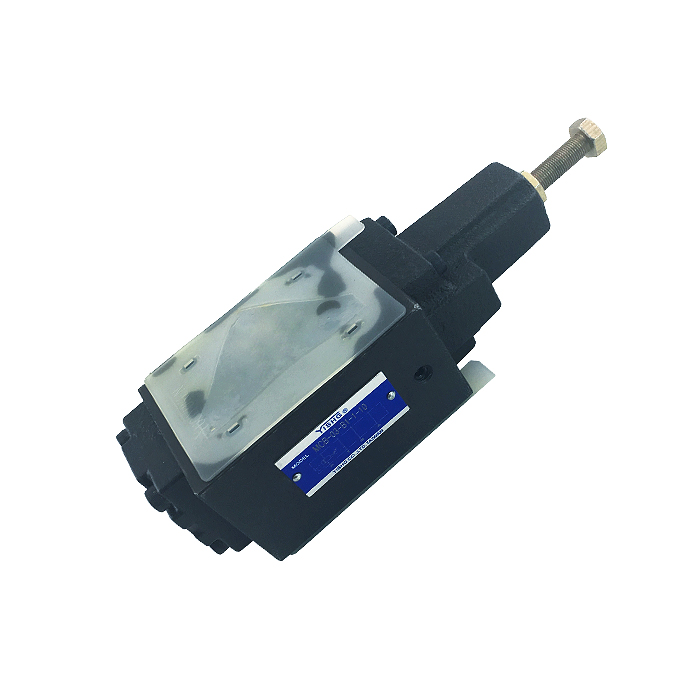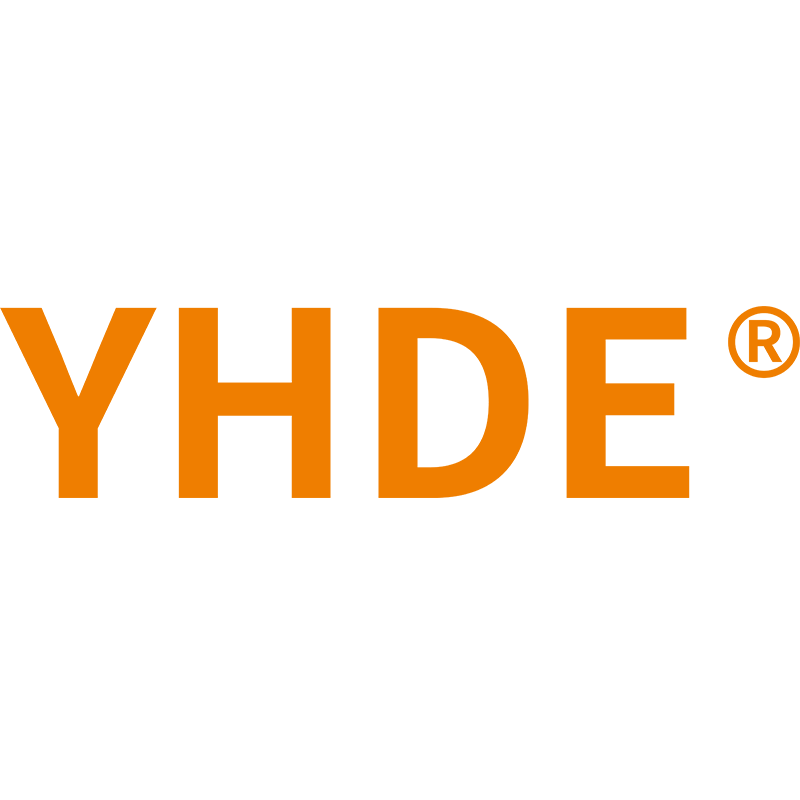The concept of hydraulic valve (5)
Direction Control:
According to the purpose, it is divided into one-way valve and reversing valve.
One-way valve: only allows the fluid to be connected in one direction in the pipeline, and the reverse direction is cut off.
Reversing valve: change the on-off relationship between different pipelines. According to the number of working positions of the valve core in the valve body, it can be divided into two positions, three positions, etc.; according to the number of controlled channels, it can be divided into two-way, three-way, four-way, five-way, etc.; according to the driving mode of the valve core, it can be divided into manual, motorized and electric , hydraulic etc. Figure 2 shows the working principle of the three-position four-way reversing valve. P is the oil supply port, O is the oil return port, A and B are the output ports leading to the actuator. When the spool is in the middle position, all oil ports are cut off, and the actuator does not move; when the spool moves to the right position, P and A are connected, and B and O are connected; when the spool moves to the left position, P and B are connected. Pass, A and O pass. In this way, the actuator can move forward and backward.
In the late 1960s, an electro-hydraulic proportional control valve was developed on the basis of the above-mentioned hydraulic control valves. Its output (pressure, flow) can change continuously with the input electrical signal. According to different functions, the electro-hydraulic proportional control valve can be divided into electro-hydraulic proportional pressure control valve, electro-hydraulic proportional flow control valve and electro-hydraulic proportional directional control valve.

